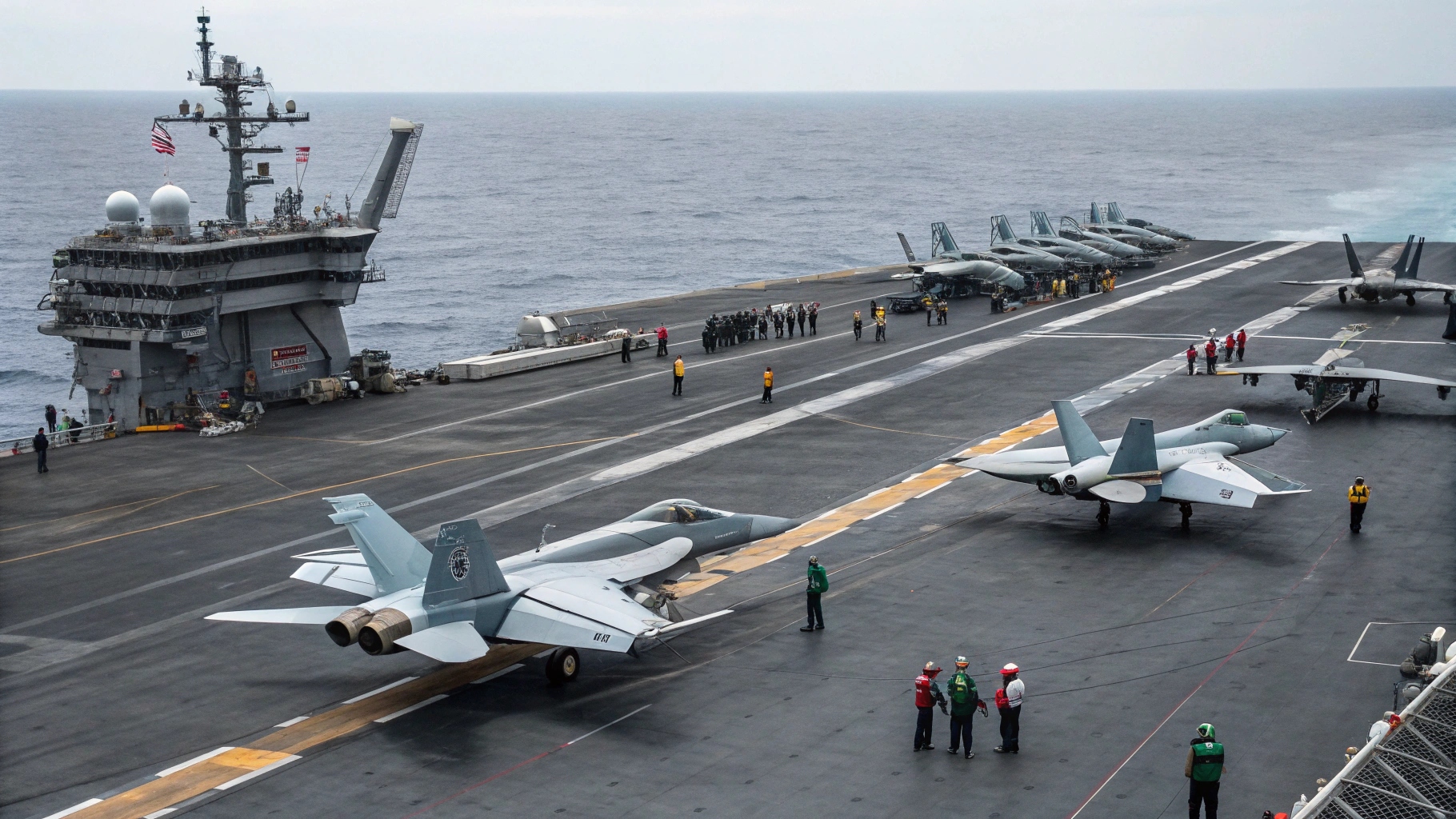
Japan has launched Operation “Atlantic Eagles,” a high-profile deployment of fighter jets and support aircraft to NATO facilities across the US, Canada, the UK, and Germany. The mission, which spans from September 14 to October 1, underscores Tokyo’s growing emphasis on closer cooperation with NATO allies. Approximately 180 Japanese personnel are involved, operating a diverse fleet of eight aircraft. This includes four F-15 fighters, two C-2 transport aircraft, and two aerial refueling tankers—one KC-767 and one KC-46A. The tour’s itinerary began with stops at Eielson Air Force Base in Alaska and Goose Bay in Canada, before continuing to Germany’s Laage Air Base and Britain’s RAF Coningsby and Brize Norton. Tokyo has explicitly framed the deployment as recognition of the interconnected security dynamics linking the Euro-Atlantic and Indo-Pacific regions. Japanese officials are acutely aware of how the Ukraine conflict reverberates across Asia, especially given Russia’s military ties with North Korea, Iran, and China. Historical tensions with Moscow further color Tokyo’s outlook, with unresolved disputes dating back to the early 20th century. Beyond signaling caution, the operation also marks a significant shift in Japan’s defense policy. Long constrained by its postwar pacifist constitution, Japan has recently expanded its defense engagements, joining NATO exercises and even establishing a permanent mission to the alliance earlier this year. Alongside Atlantic Eagles, Japanese troops are also engaged in a bilateral exercise with US forces from September 11 to 25. Notably, this drill saw the first demonstration of the Typhon missile system on Japanese soil, drawing strong criticism from Beijing. Analysts suggest that Tokyo’s dual participation in NATO and US-led activities highlights its strategy of reinforcing alliances amid growing regional instability. By linking its security posture to that of NATO, Japan is sending a message of solidarity with Western partners while also preparing for scenarios where European and Asian security challenges converge. The deployment strengthens interoperability, boosts Japan’s credibility as a proactive defense actor, and reflects a broader recalibration of its role in global security.





